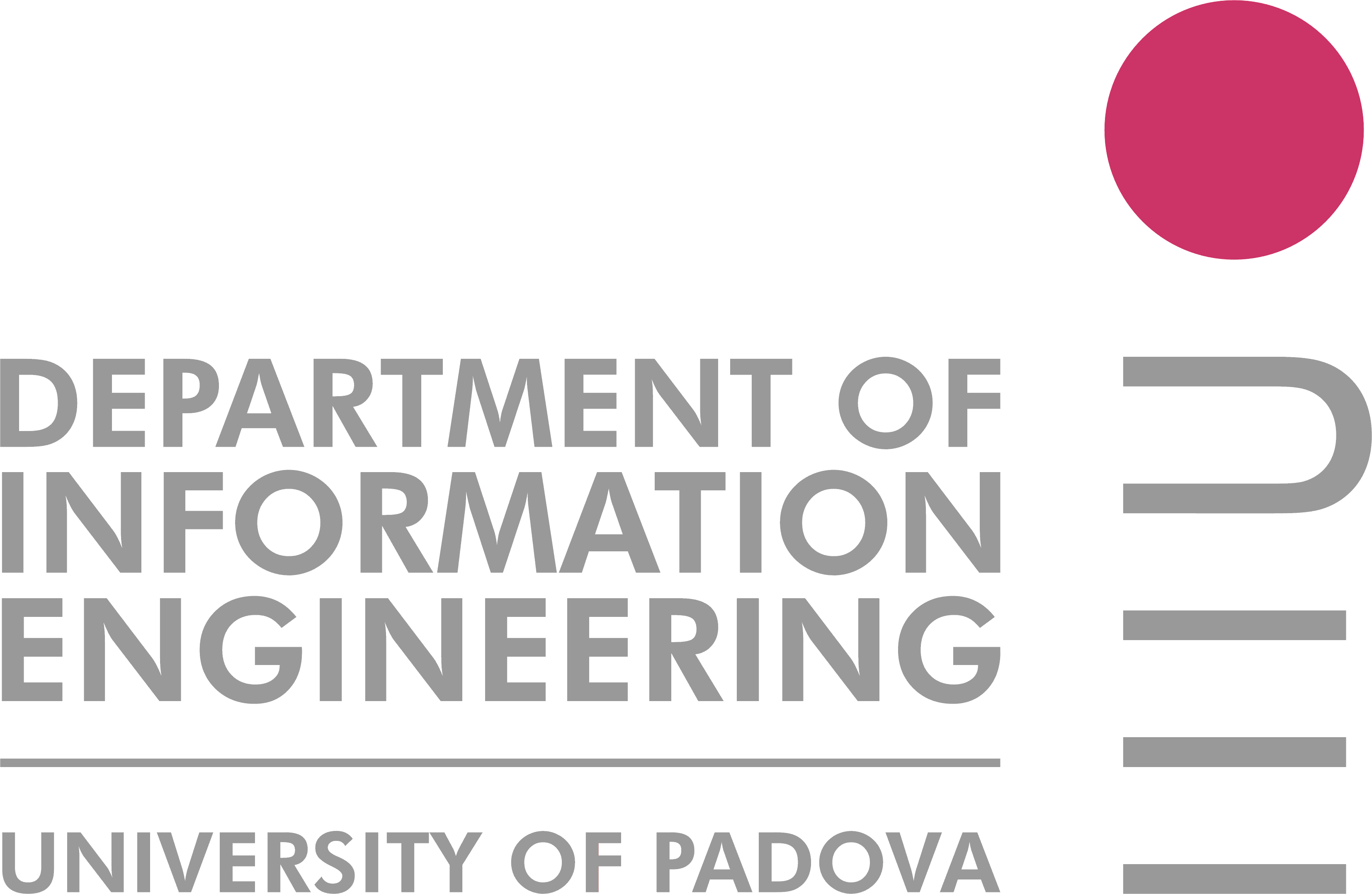Workshop on Humanoid Soccer Robots
in conjunction with the 2006
IEEE International Conference on Humanoid Robots
Genoa (Italy), December 4, 2006
Supported by:
Dept. of Information Engineering,
University of Padua,
ITALY
Advances in the RoboCup Humanoid League:
The Humanoid League ( HL) made its debut at RoboCup 2002 in Fukuoka (Japan), and has been an interesting highlight of the RoboCup since then. 2006 has been the fifth year anniversary of the Humanoid soccer competition. Very strong improvements are witnessed in numerous aspects of the participating Humanoid robots. For example:
(1) The mechanical structure of the robots comes with a better design, and a lighter body (used innovative material like carbon alloy), and sports a more ergonomic look;
(2) Ability to walk on uneven terrain was observed during technical challenges;
(3) Strong improvement in the walking speed of Humanoid robots was also observed, e.g. one 50cm tall humanoid robot demonstrated walking at 40cm/second, a far cry from the best time five years ago;
(4) Striker capability in detecting a moving ball and changing the direction of kicking in response to the goal keeper's position were noted in this year's competition;
(5) Diving capability of the goal keeper to save the goal, both in the ability to change the diving direction in response to the kicking direction of the striker, and the ability to stand up again after diving, were also observed in this year;
(6) Ball passing between two robots was observed during technical challenges;
(7) The demonstration of dribbling a ball to go across obstacle poles was particularly impressive;
(8) Whole body coordination was demonstrated by many robots through their ability to stand up from a lying down position;
(9) Coordination of perception and locomotion was demonstrated through the capability of some robots to perform various actions in response to the environment;
(10) Team coordination, and essential soccer skills, were demonstrated in 2 vs. 2 competition. 3 vs. 3, and eventually 5 vs. 5 soccer games, that require humanoid collaboration, could be initiated soon.
